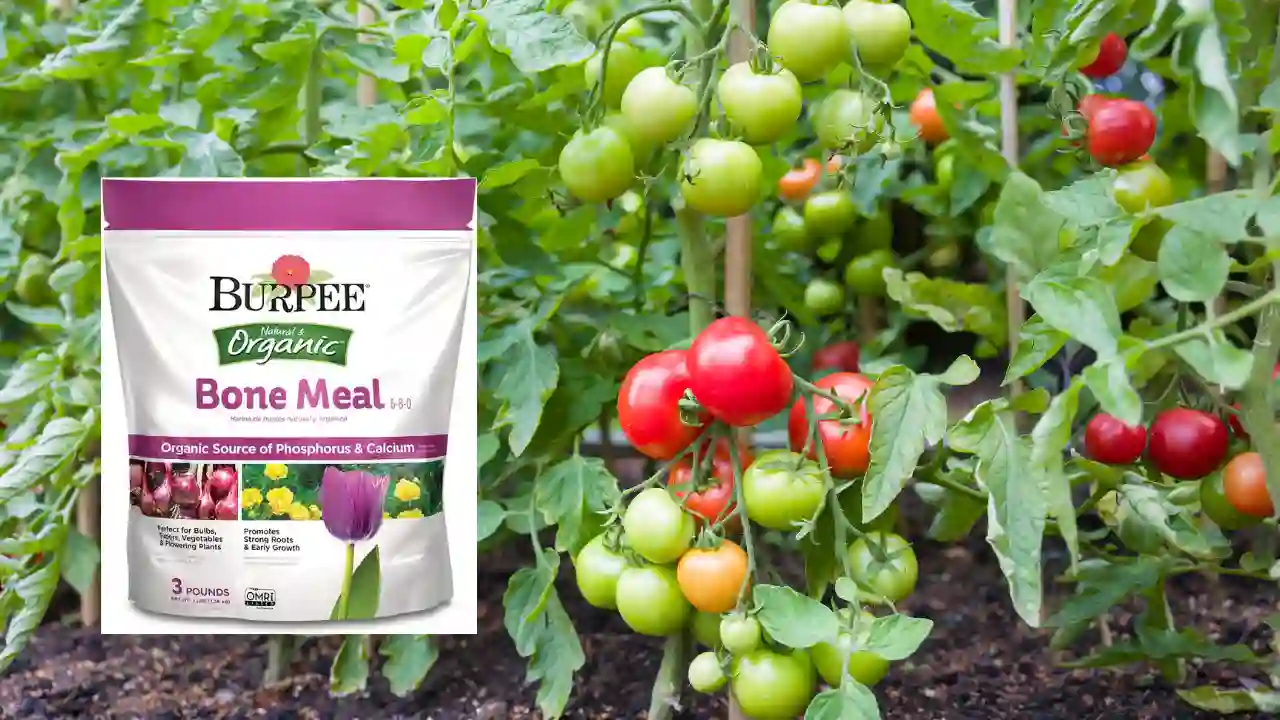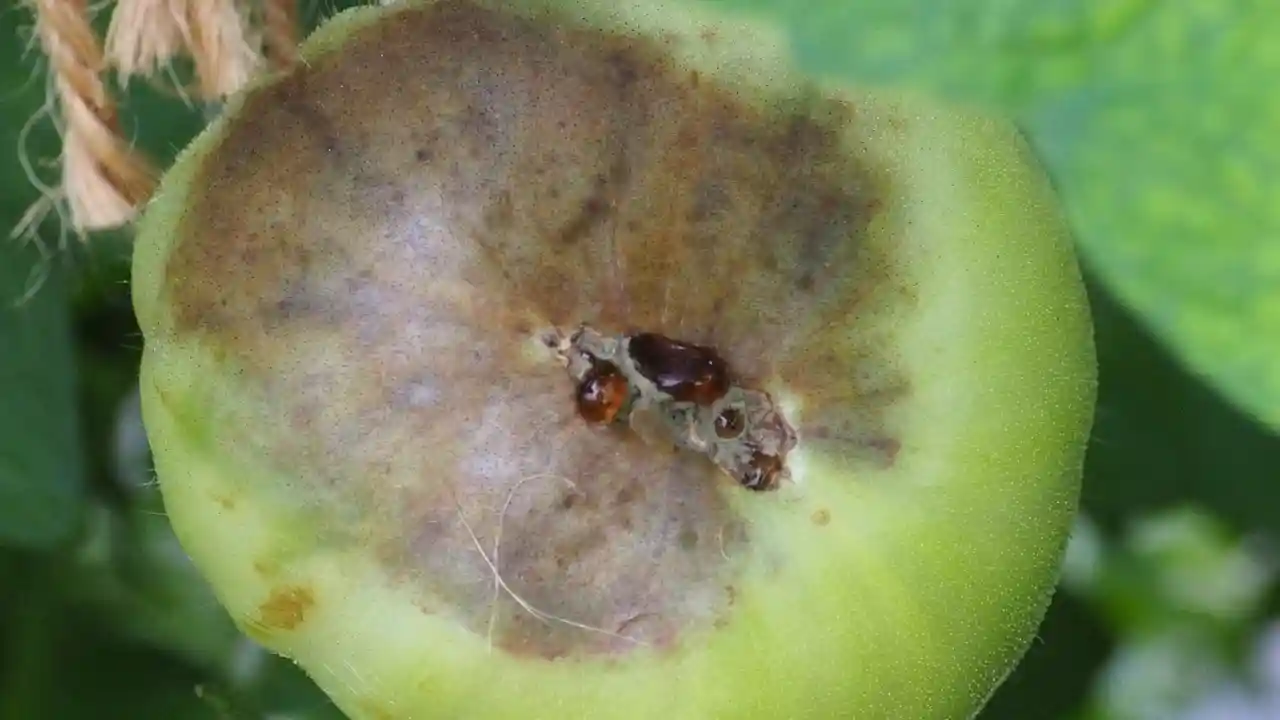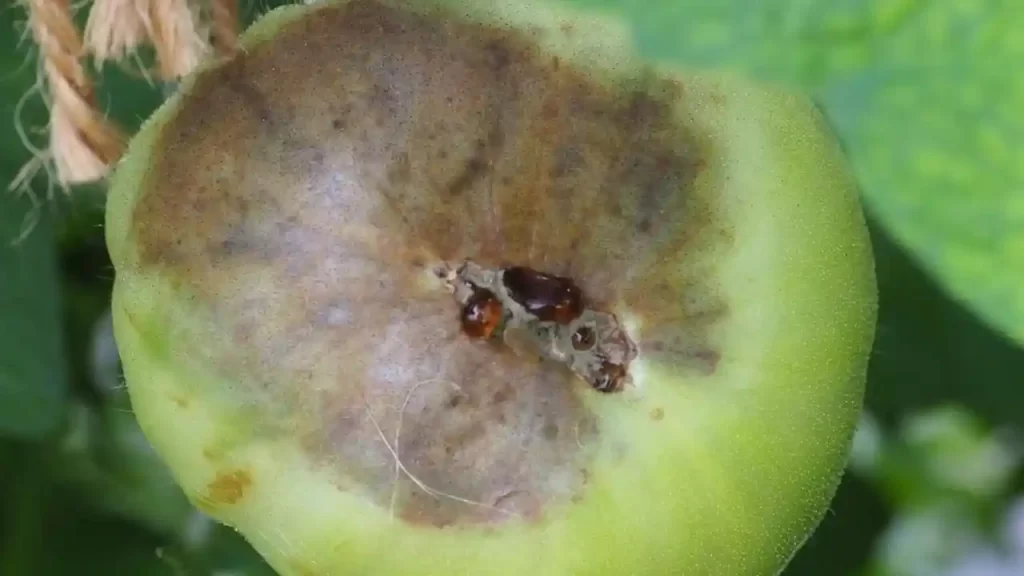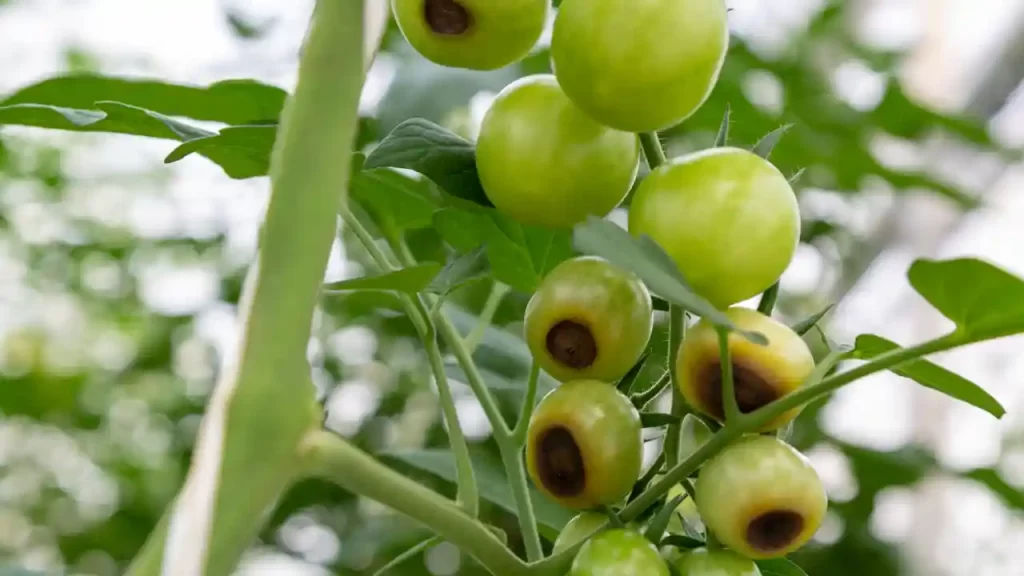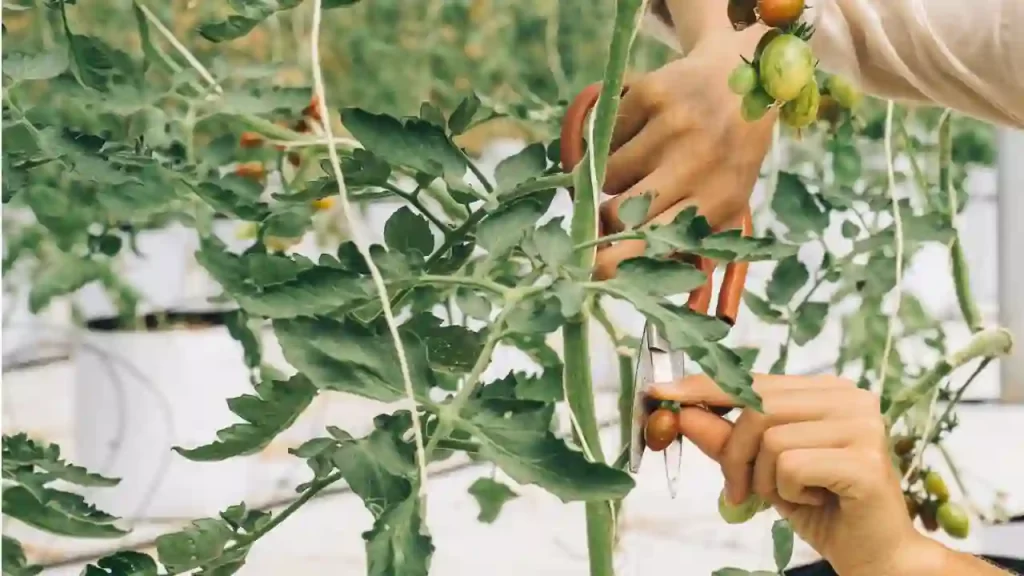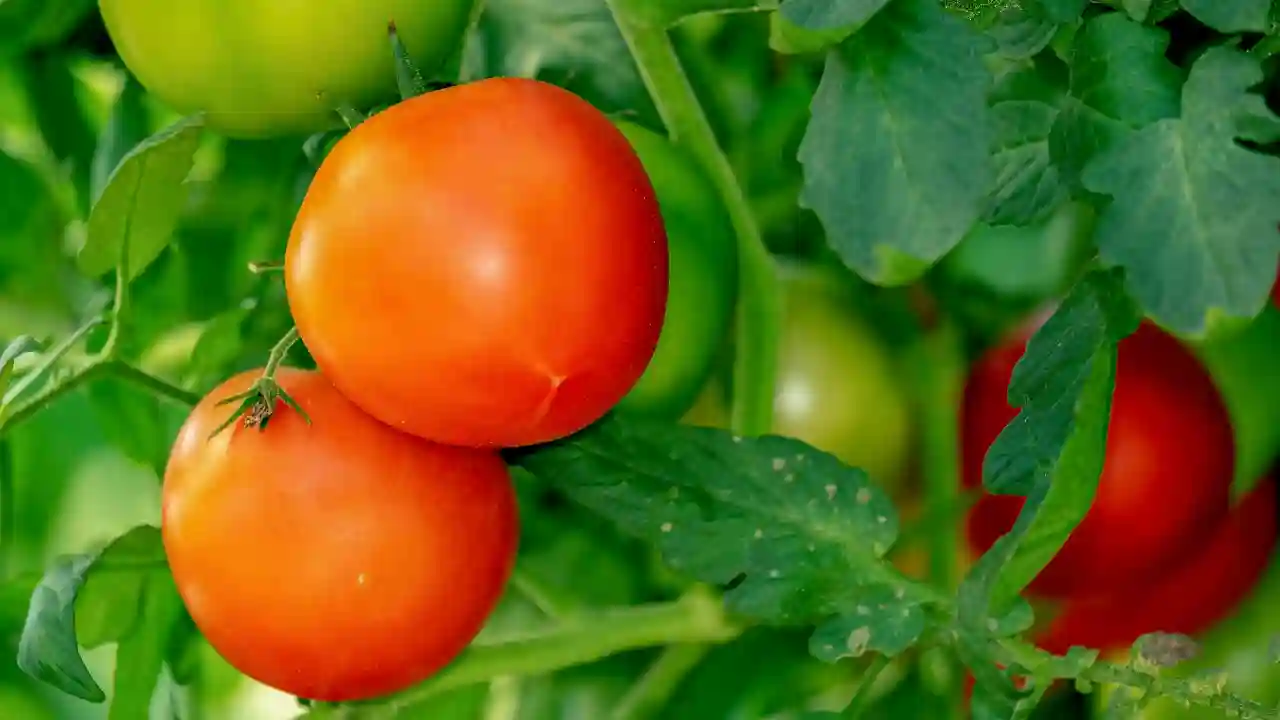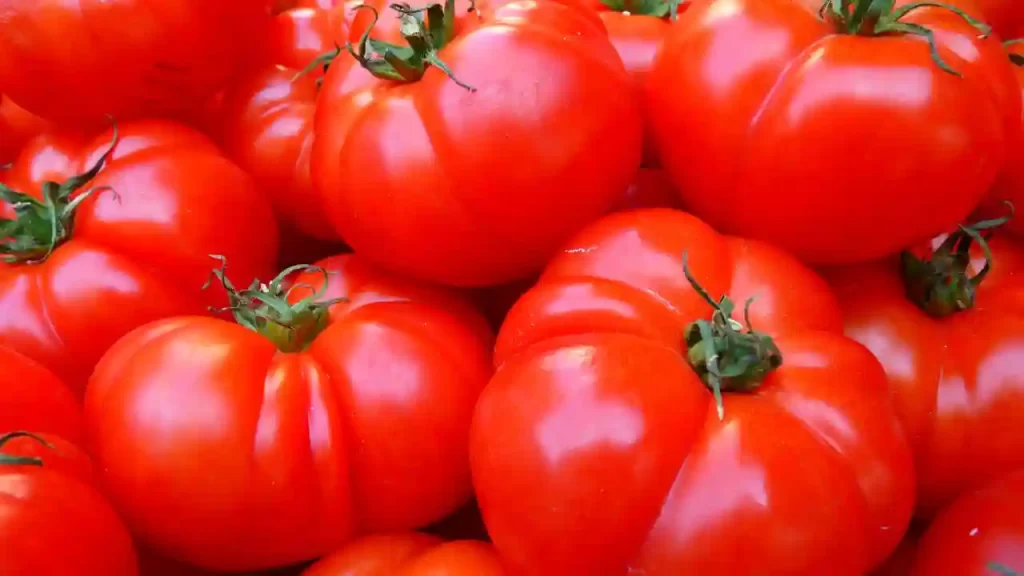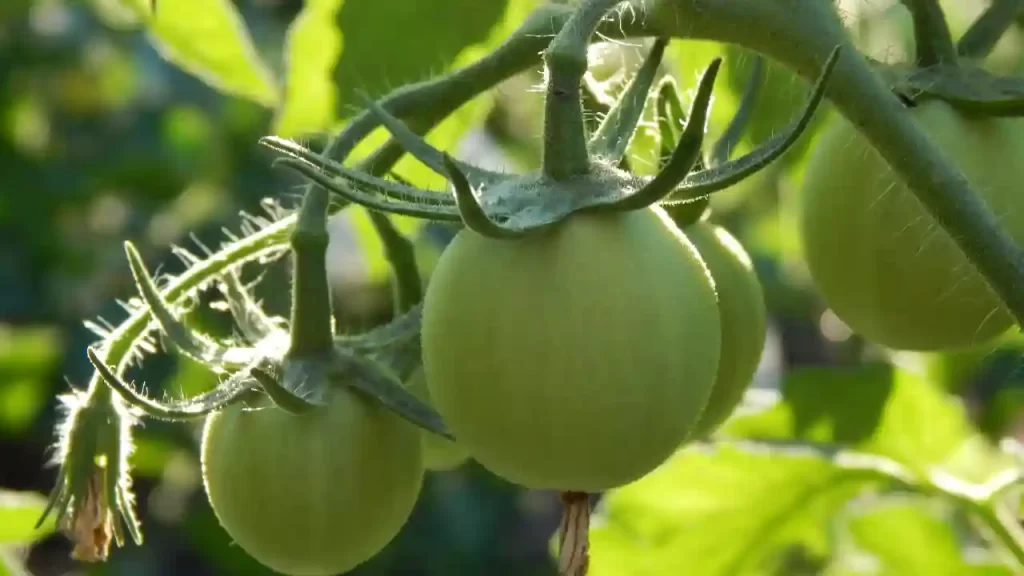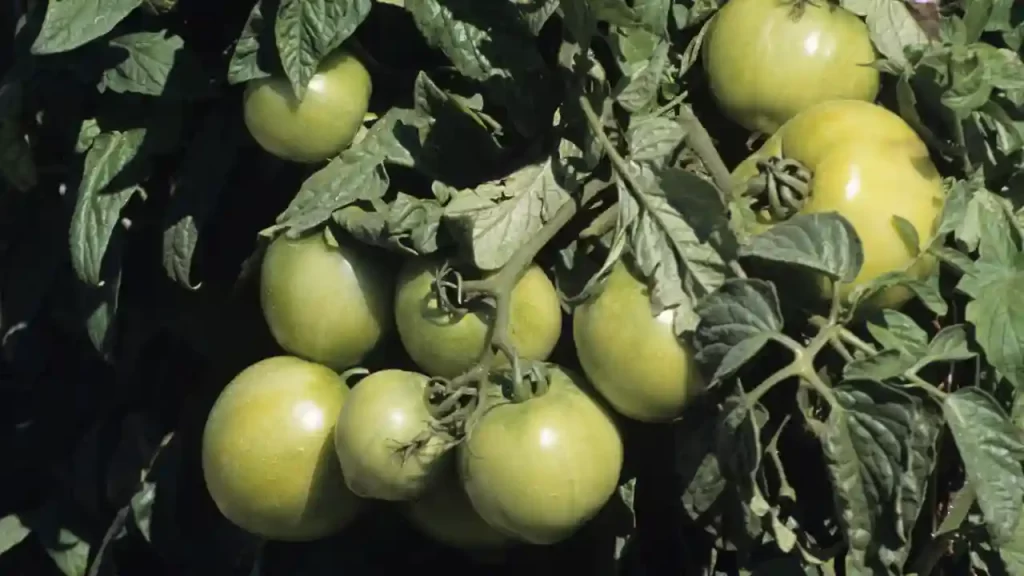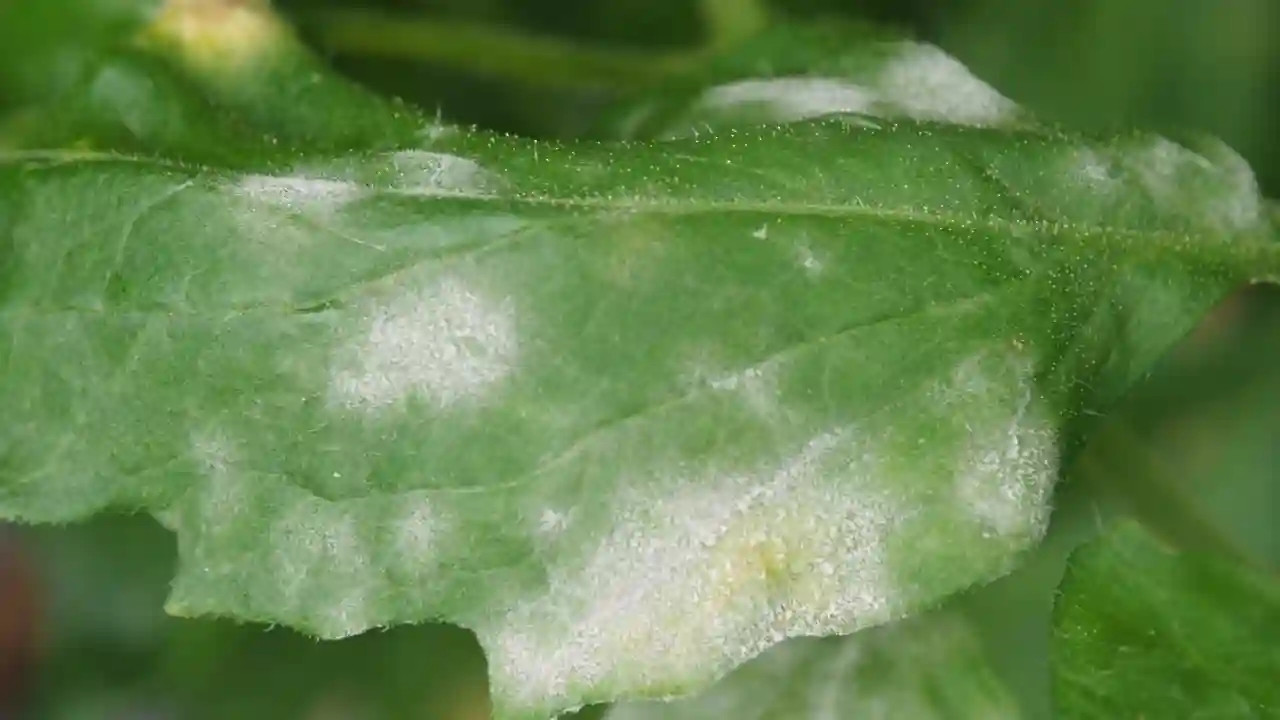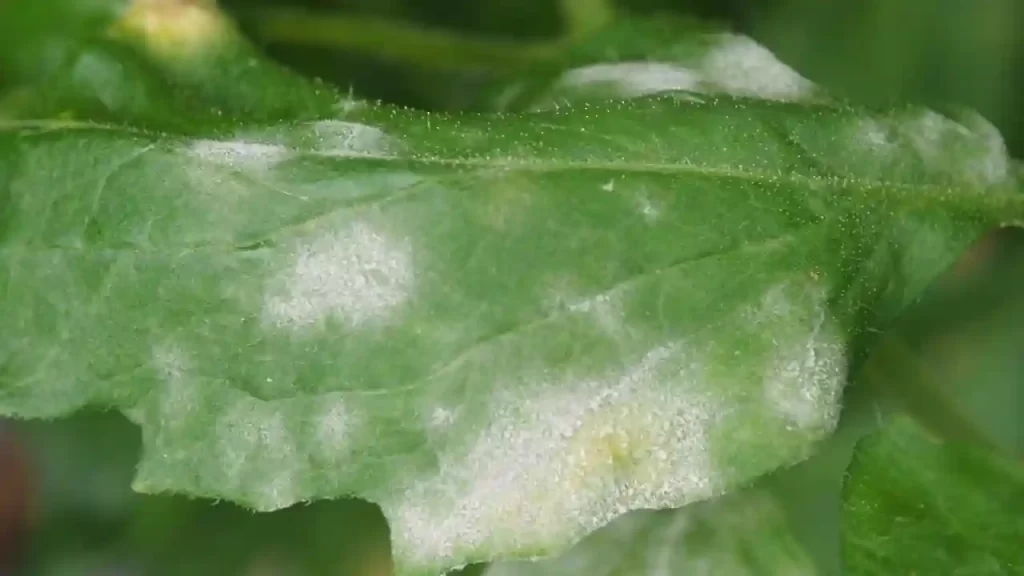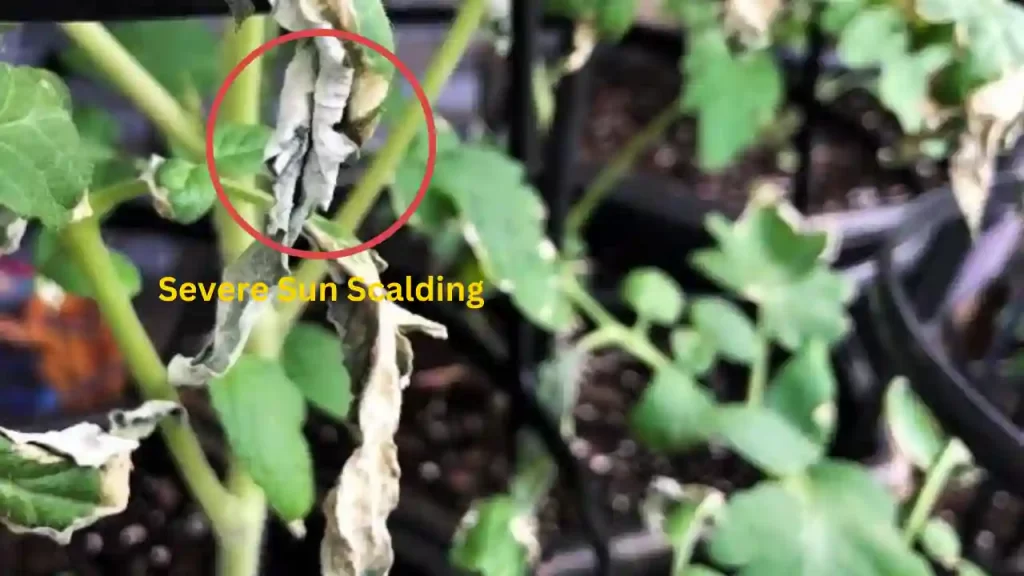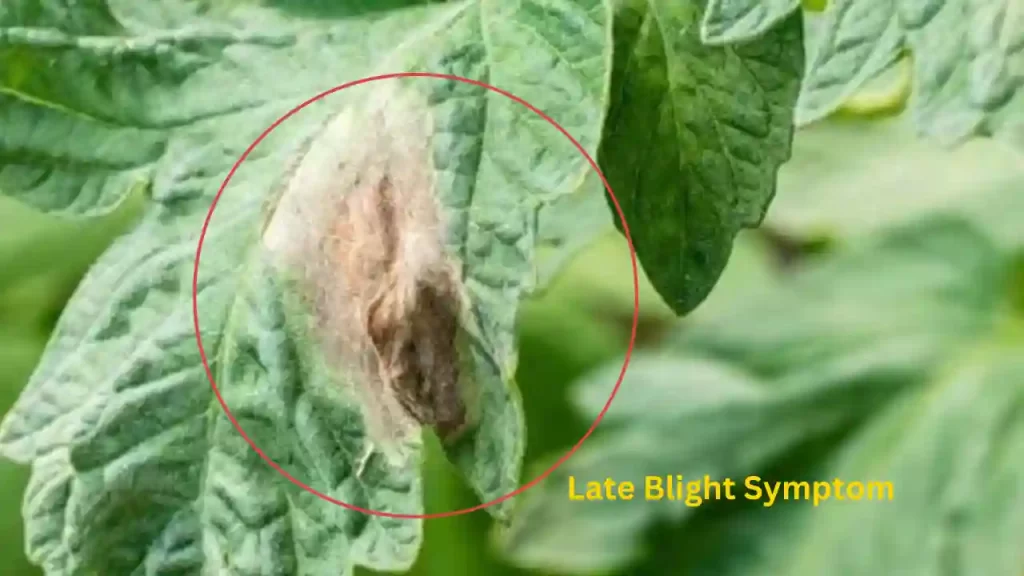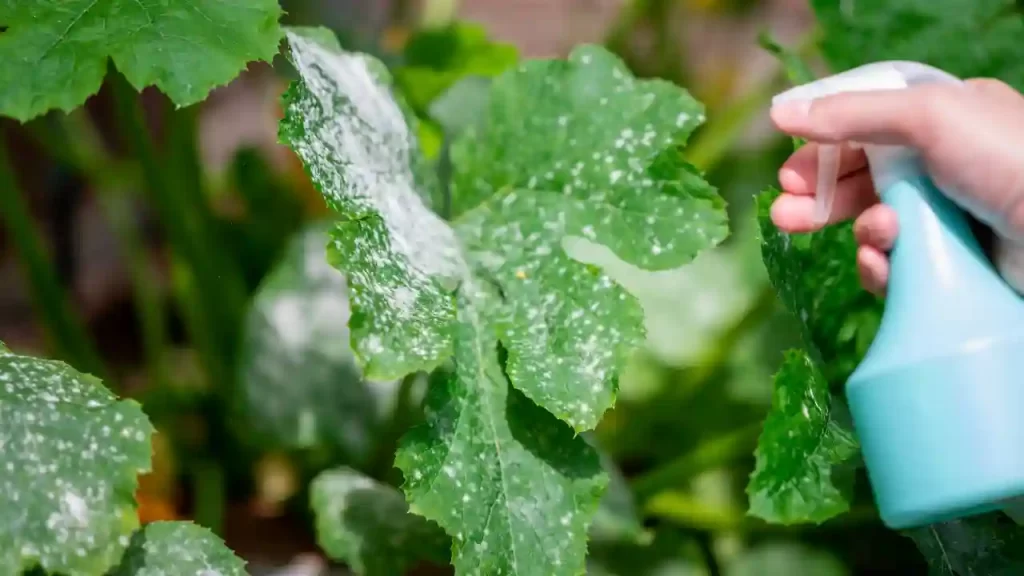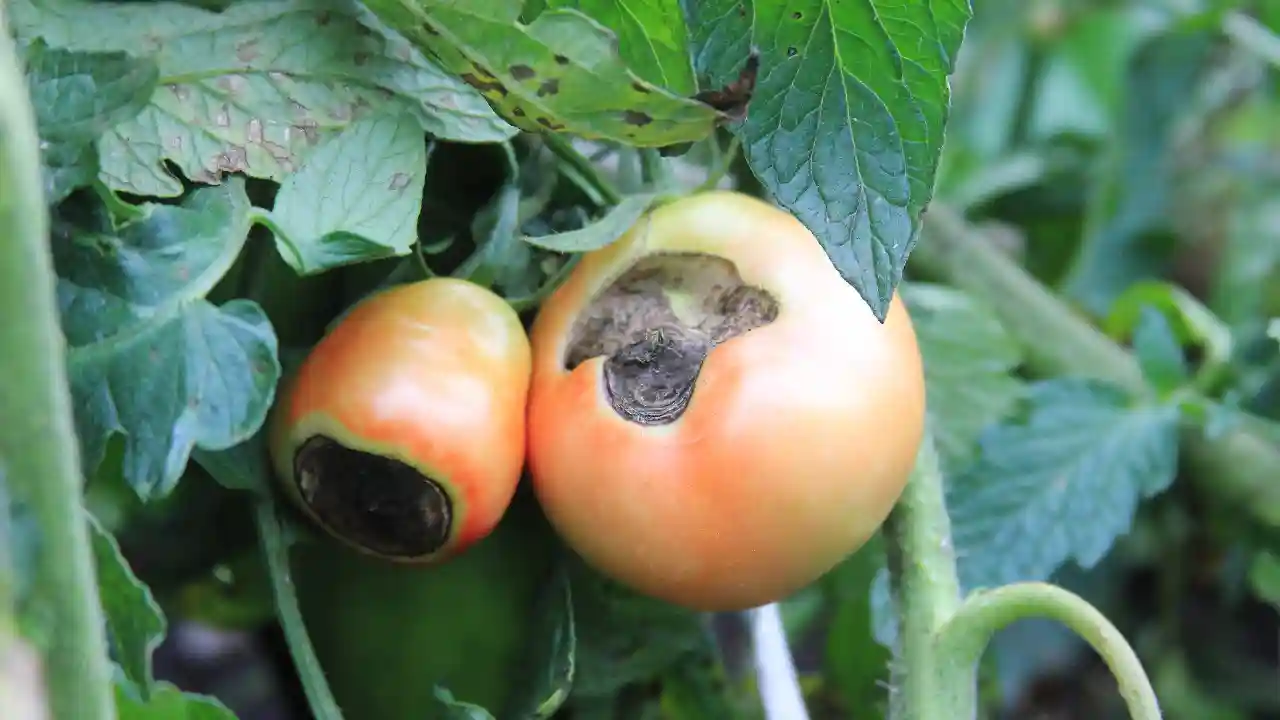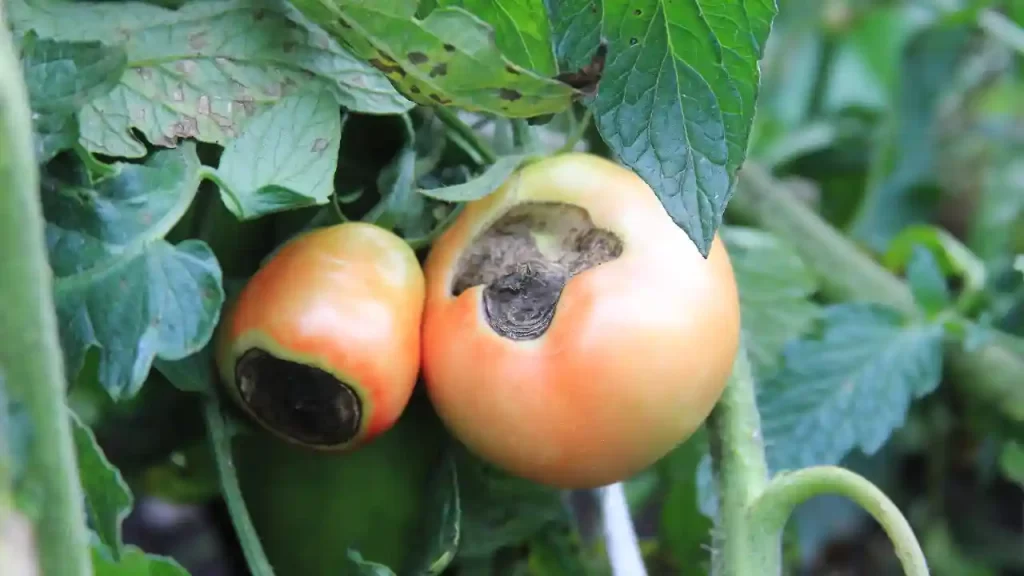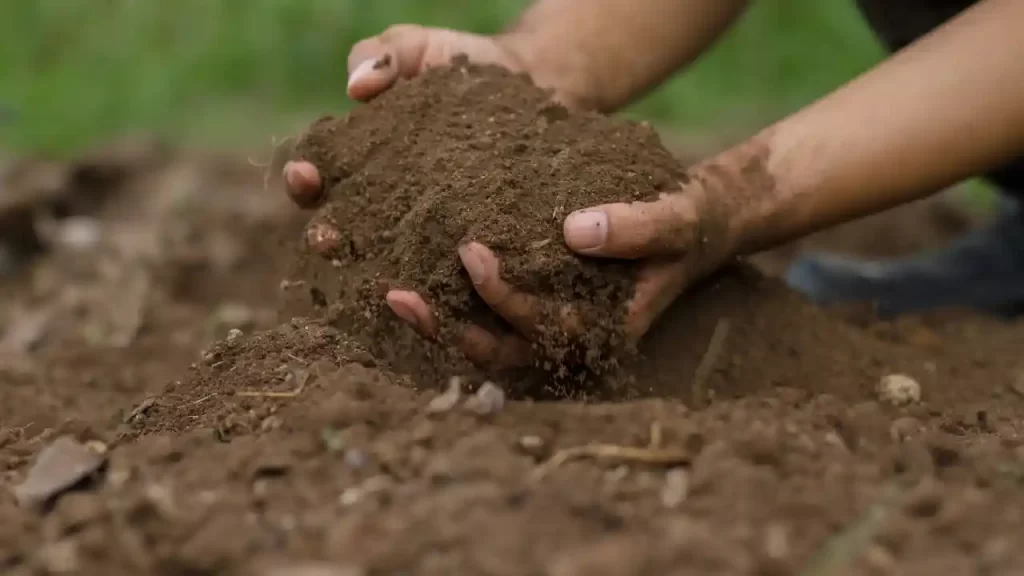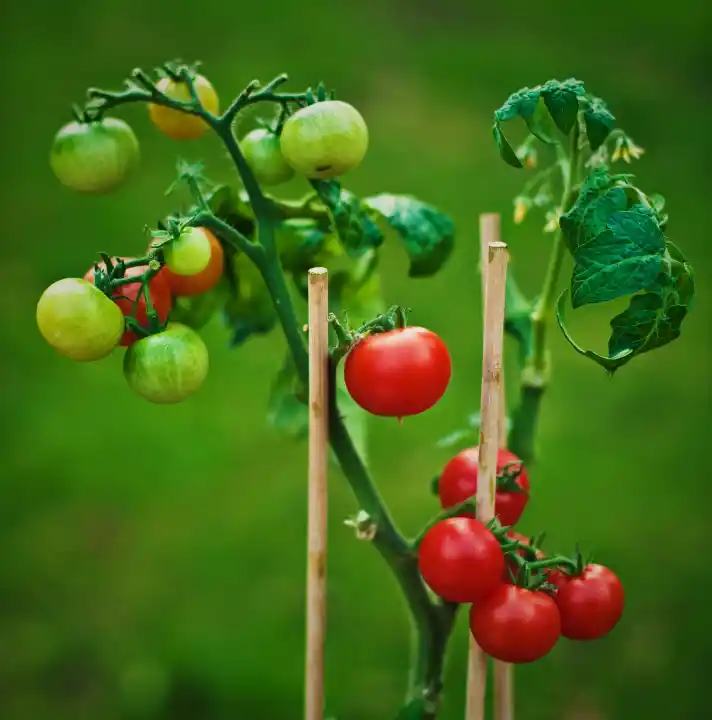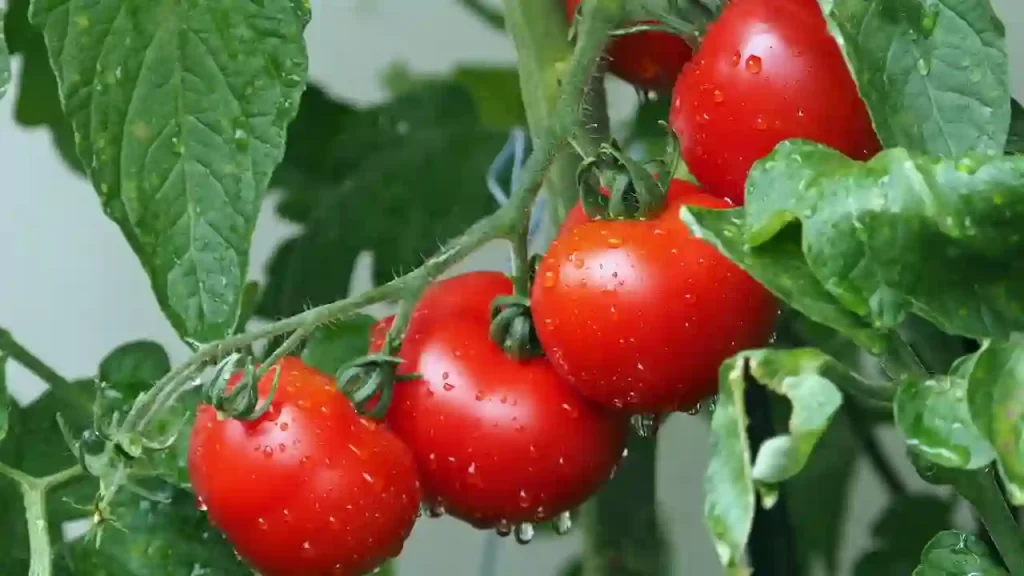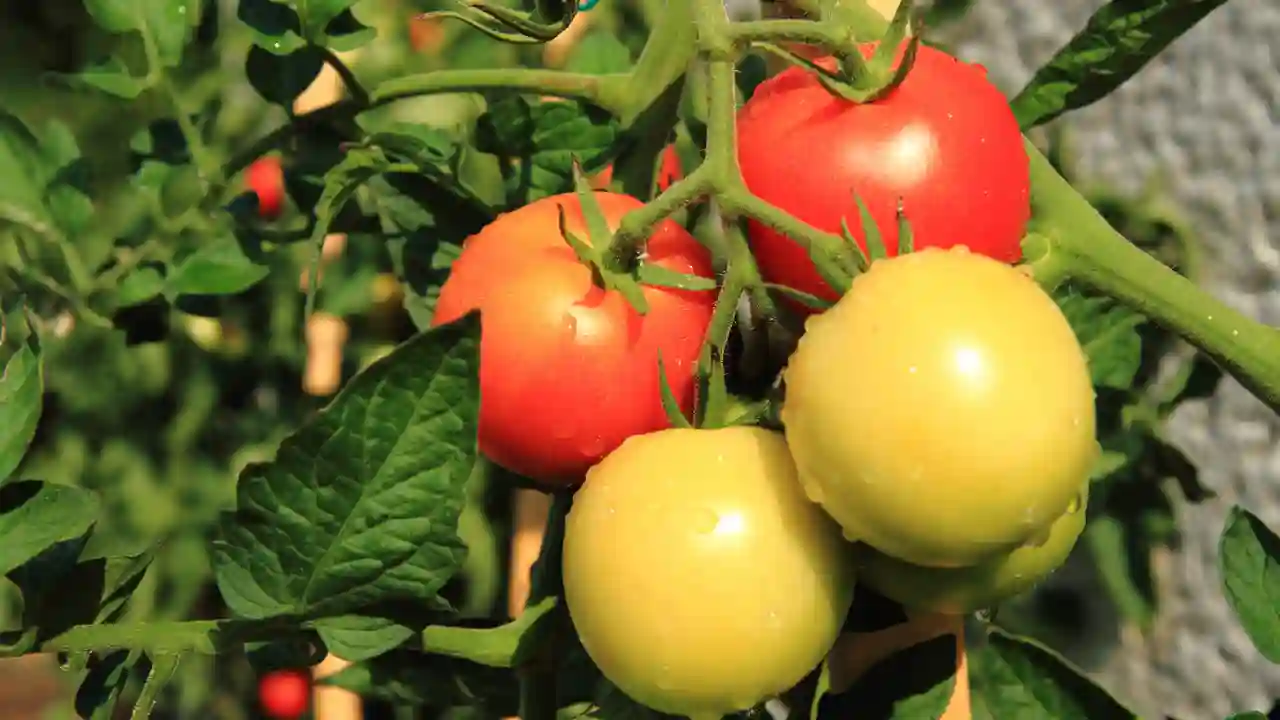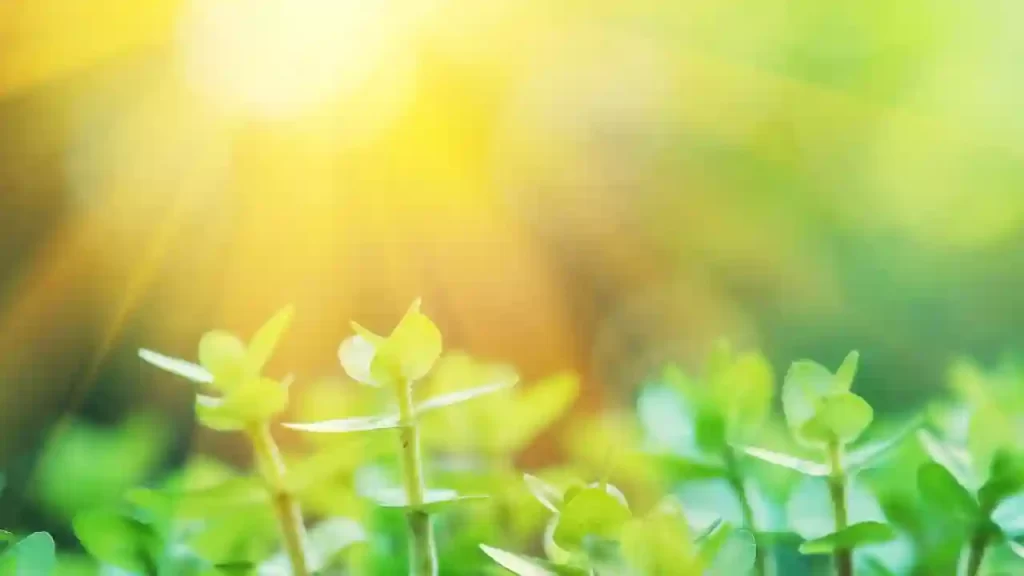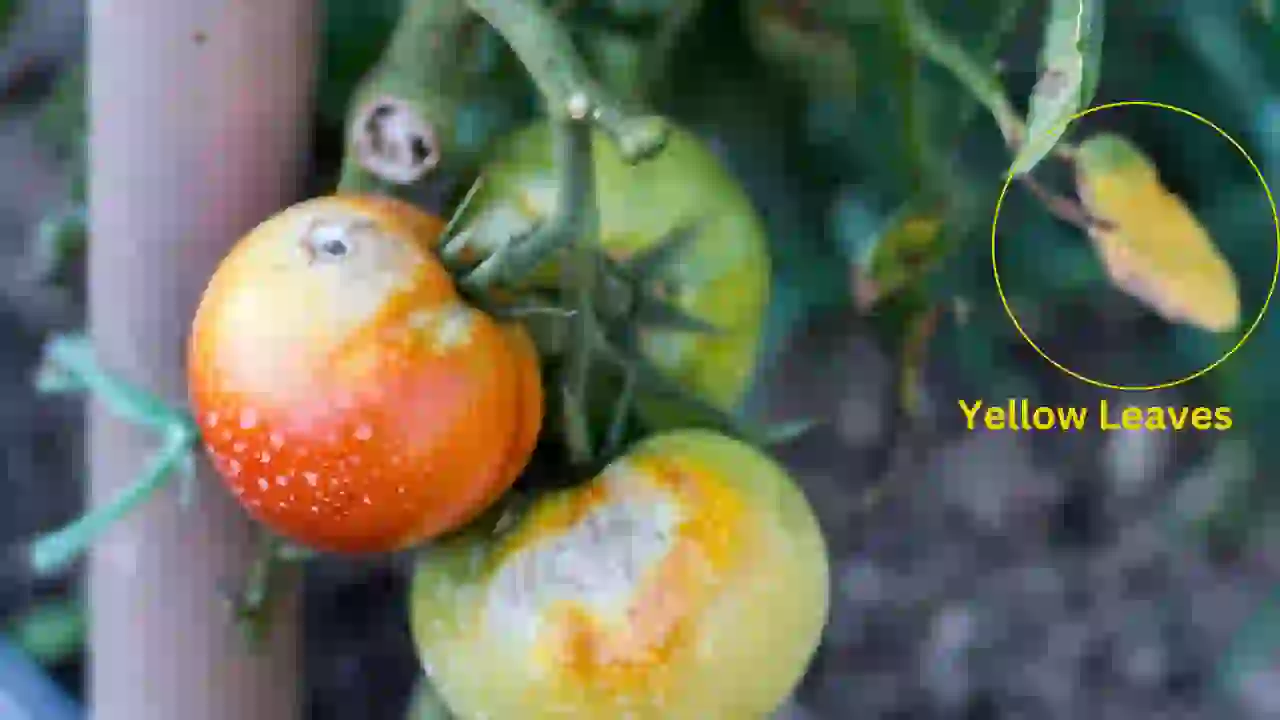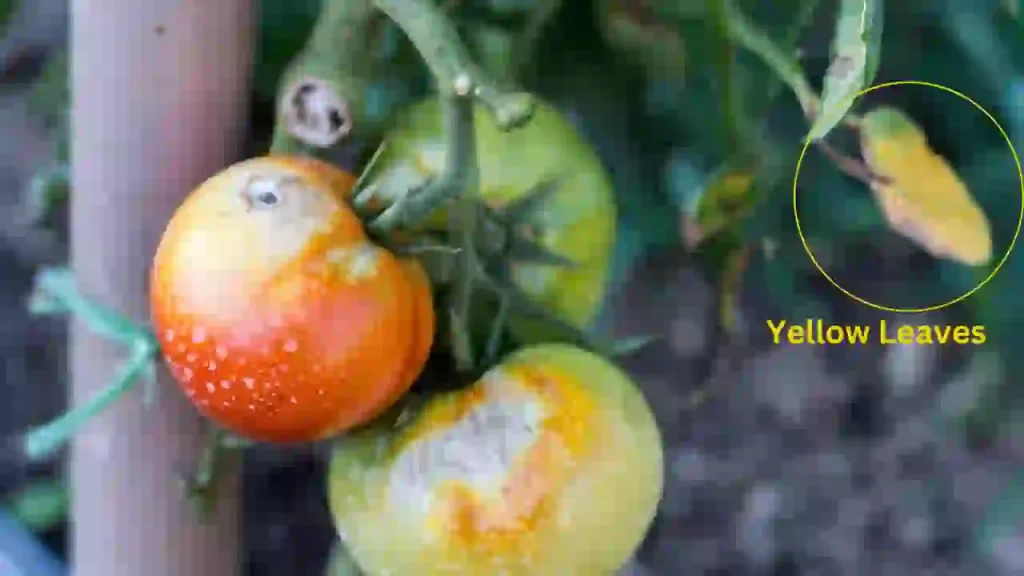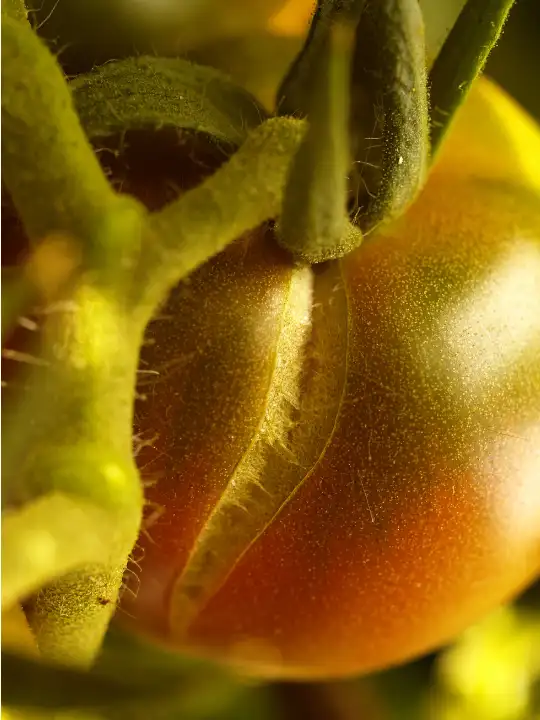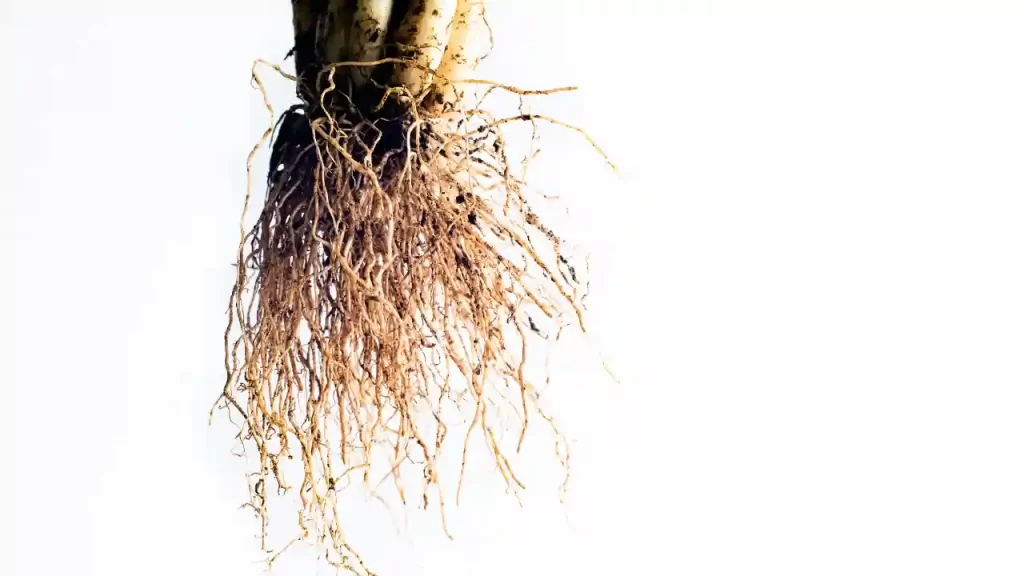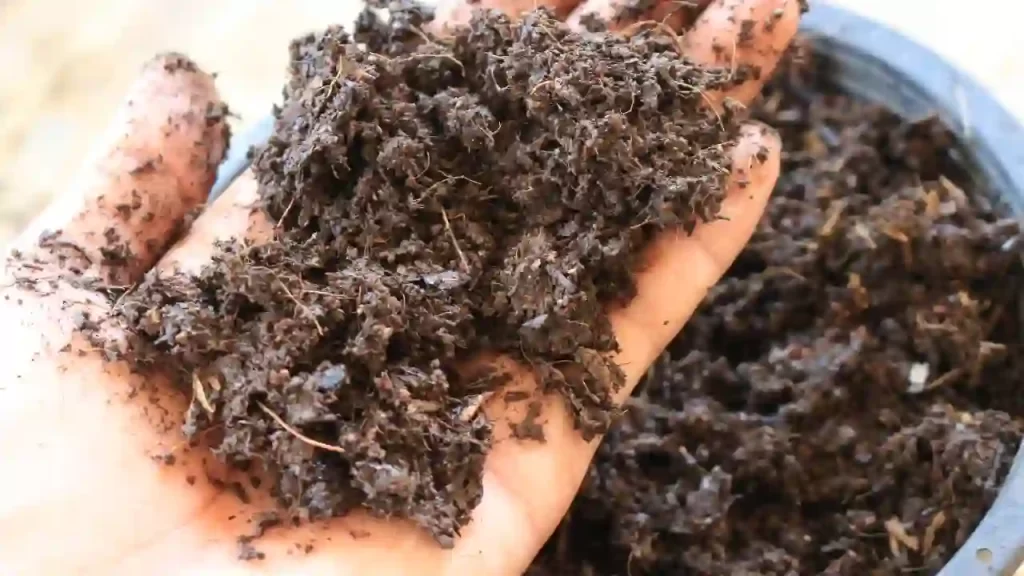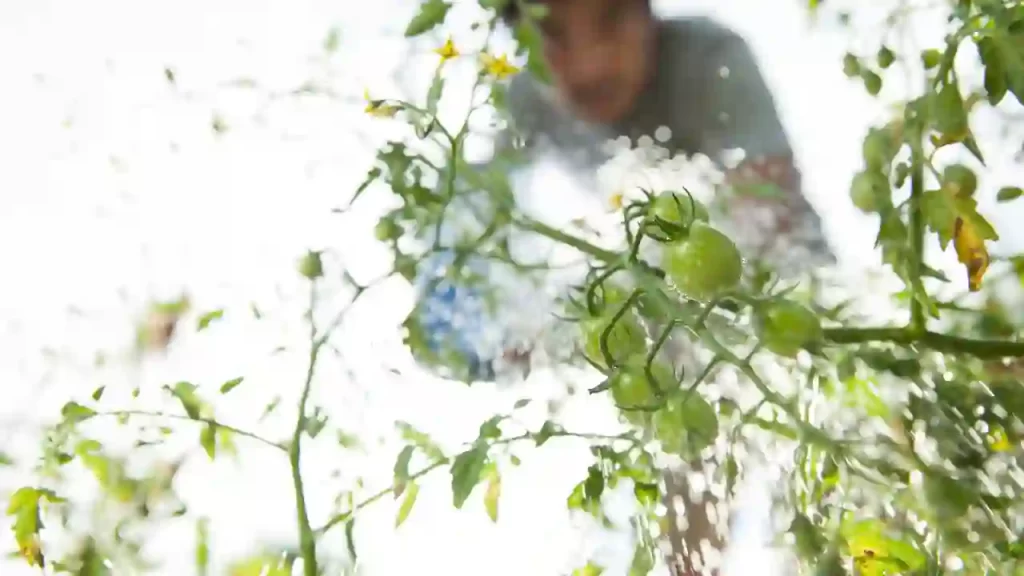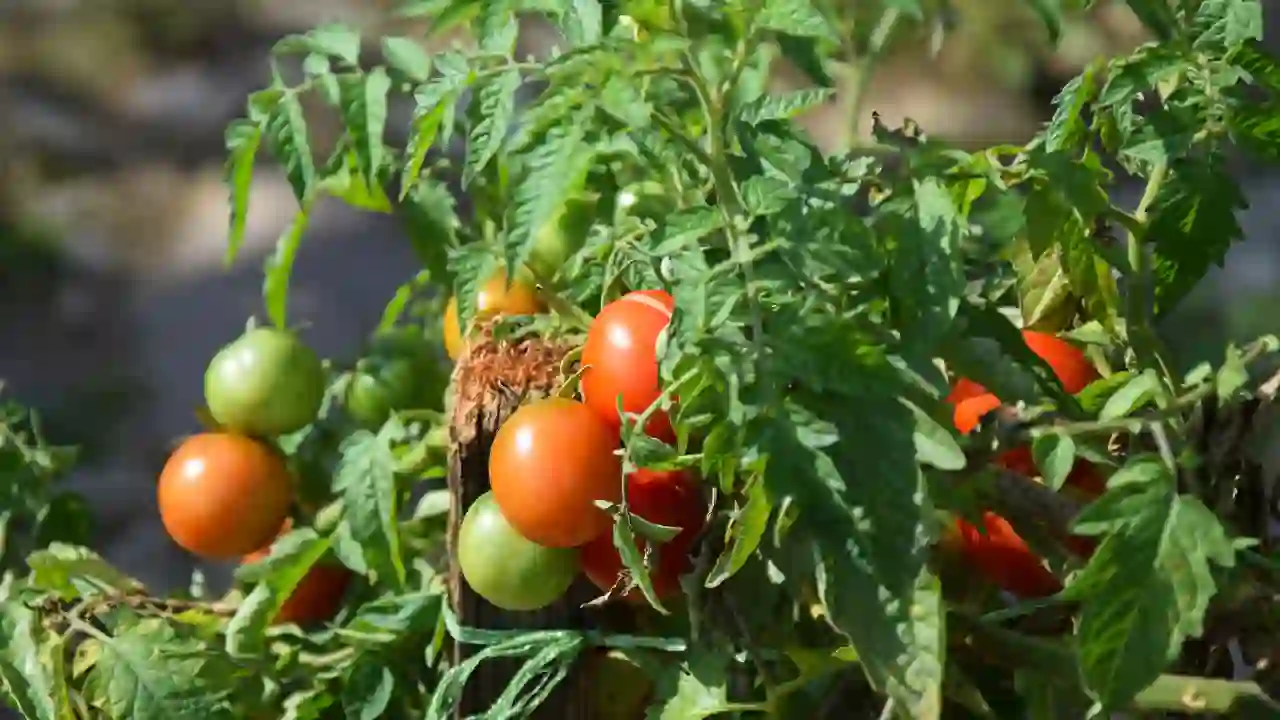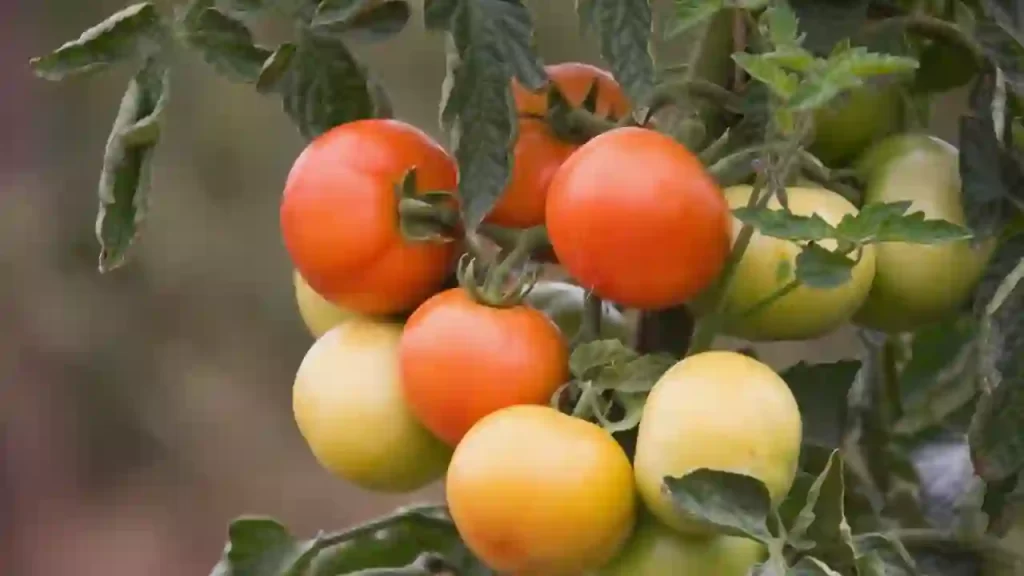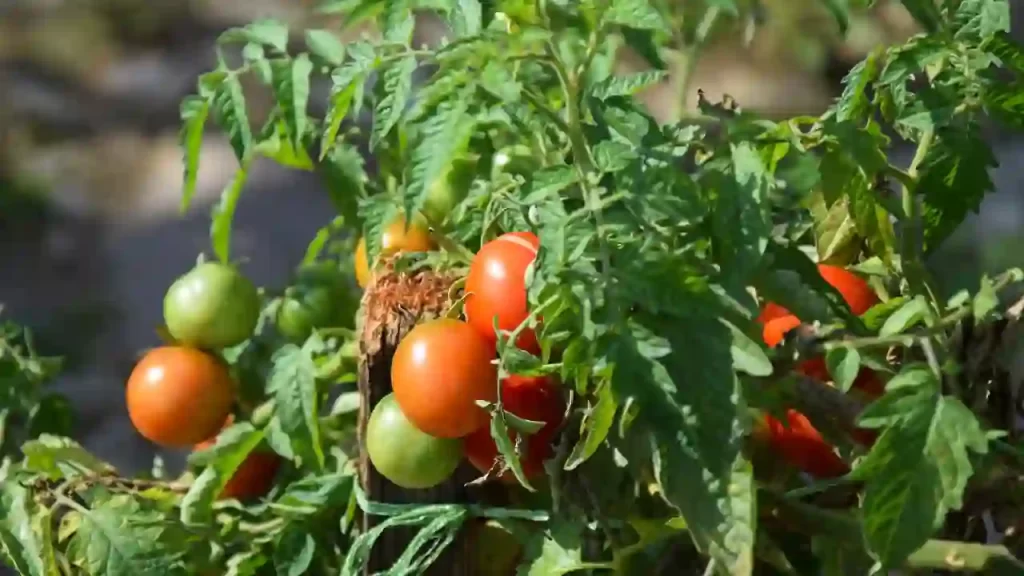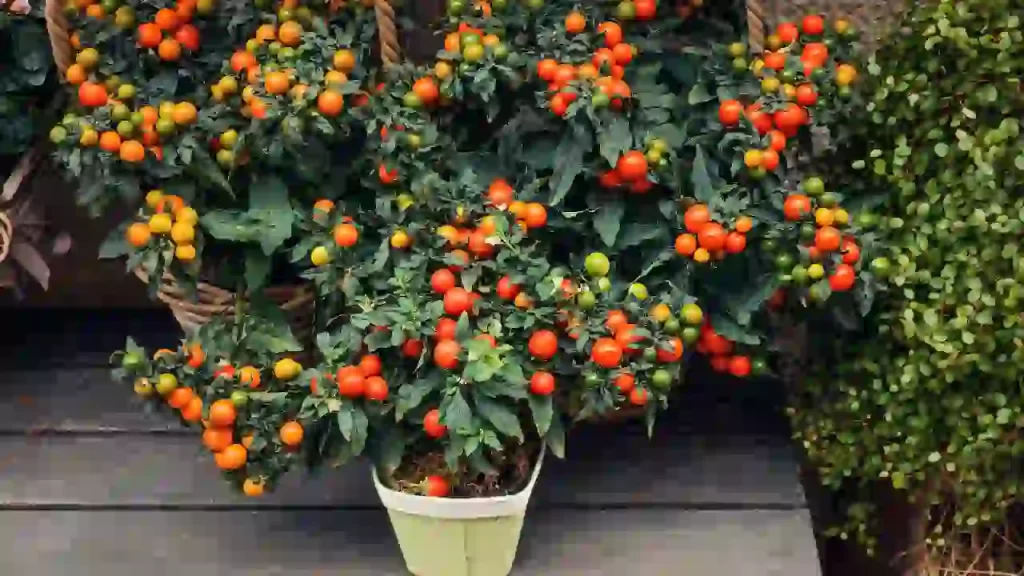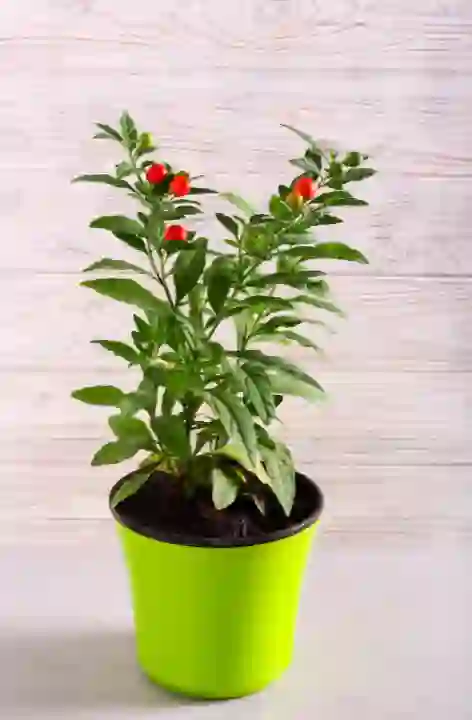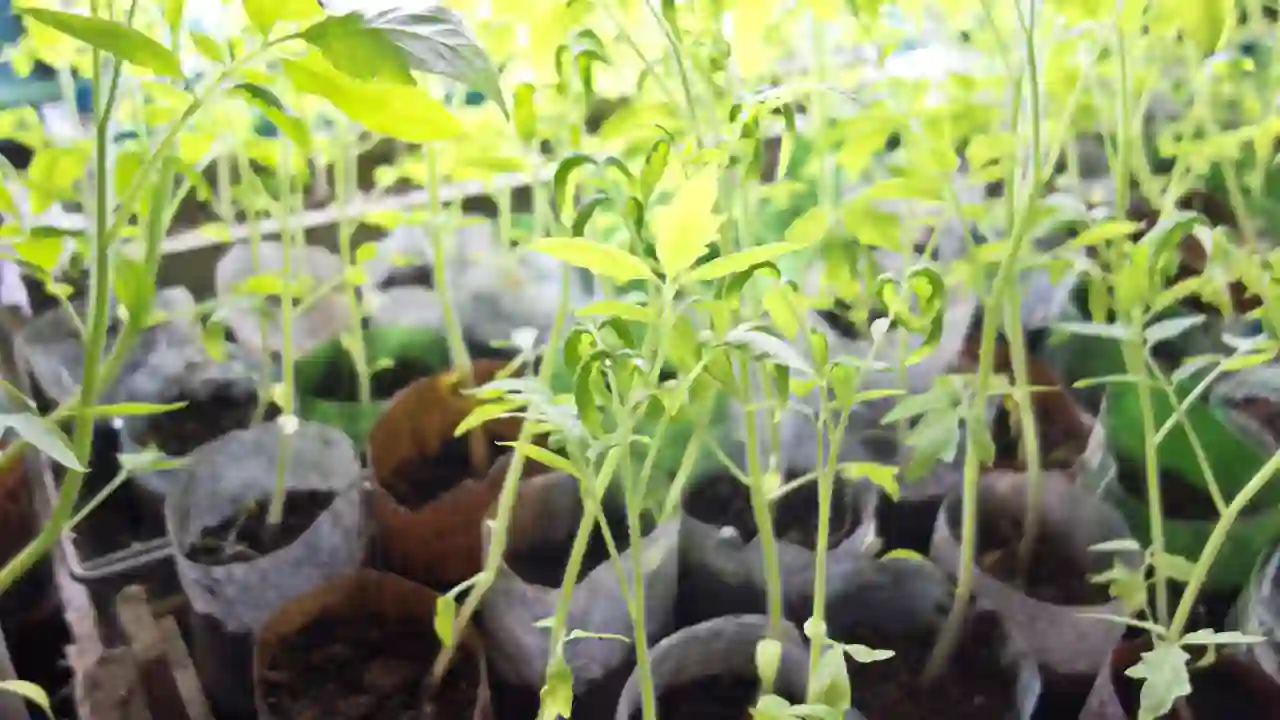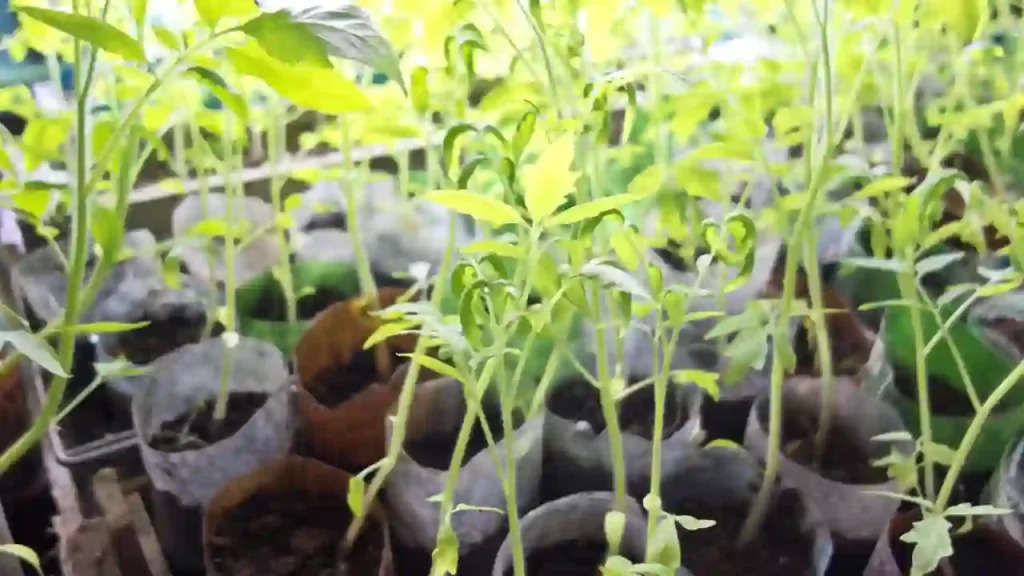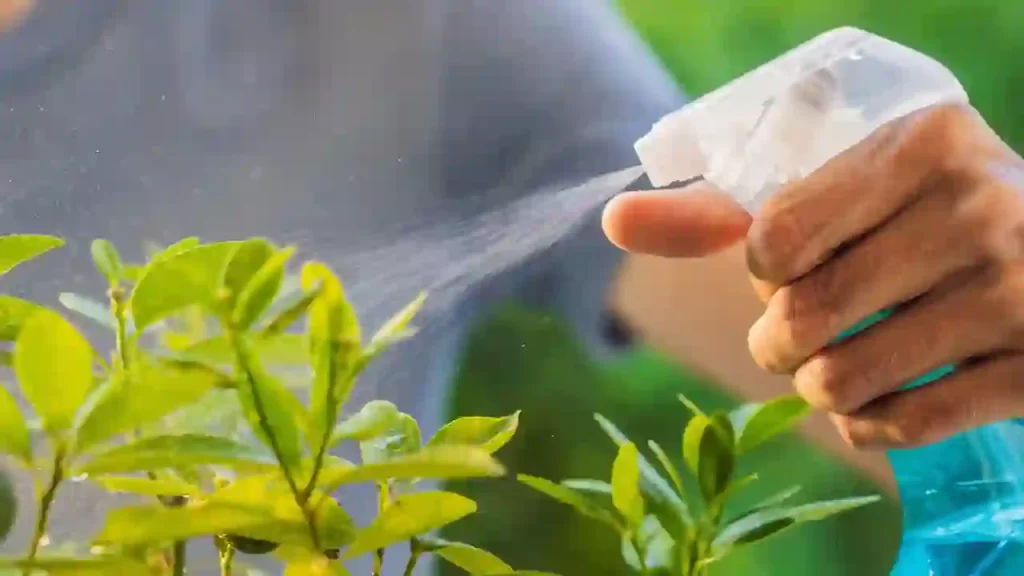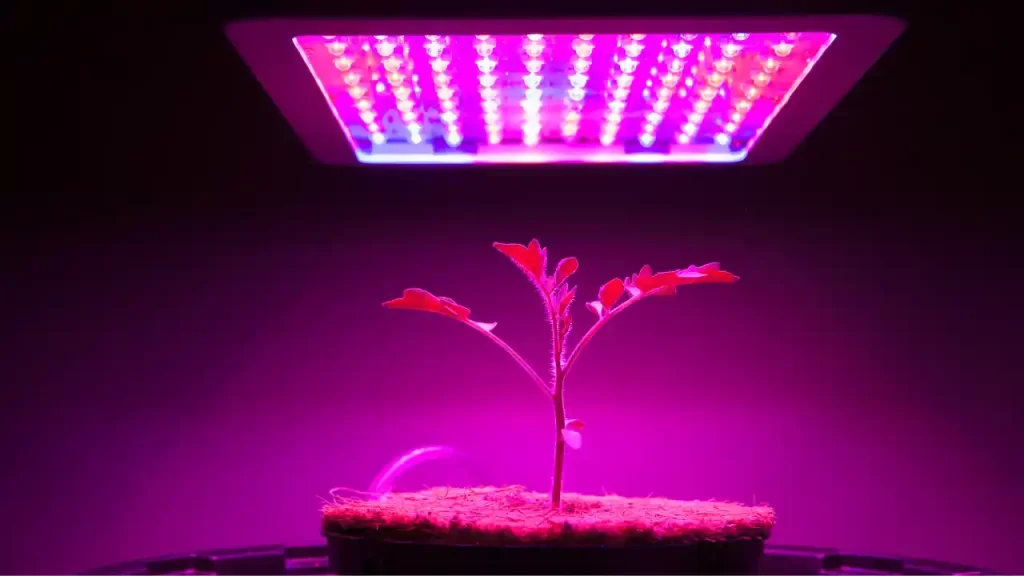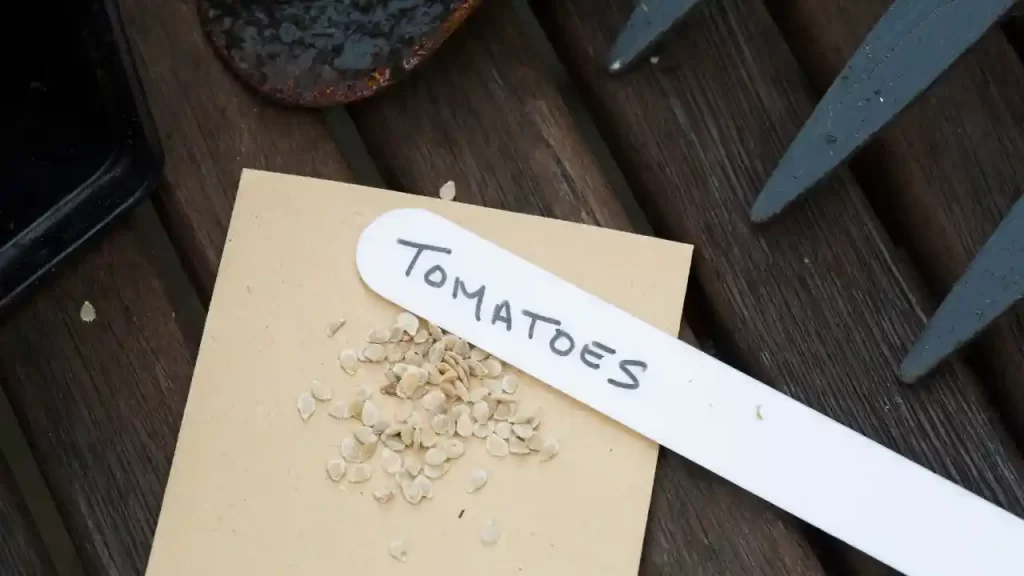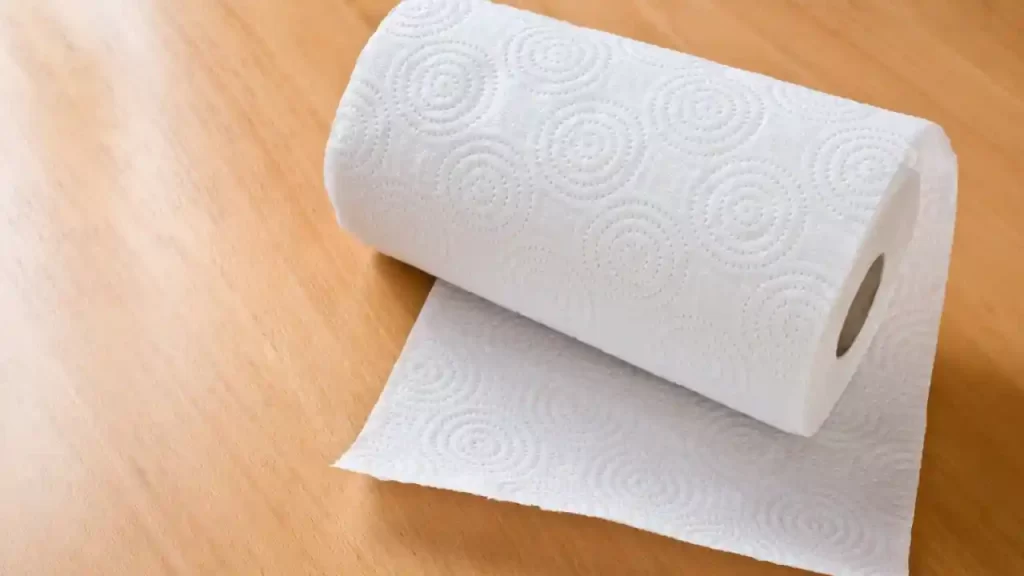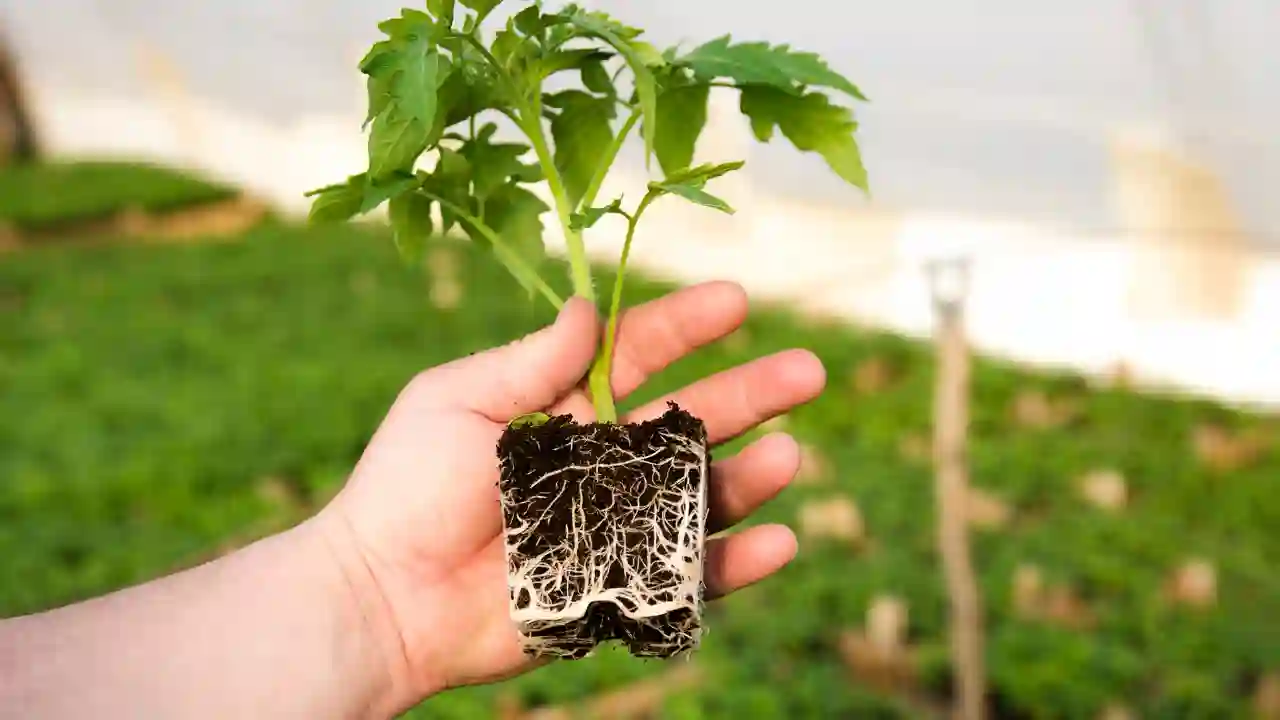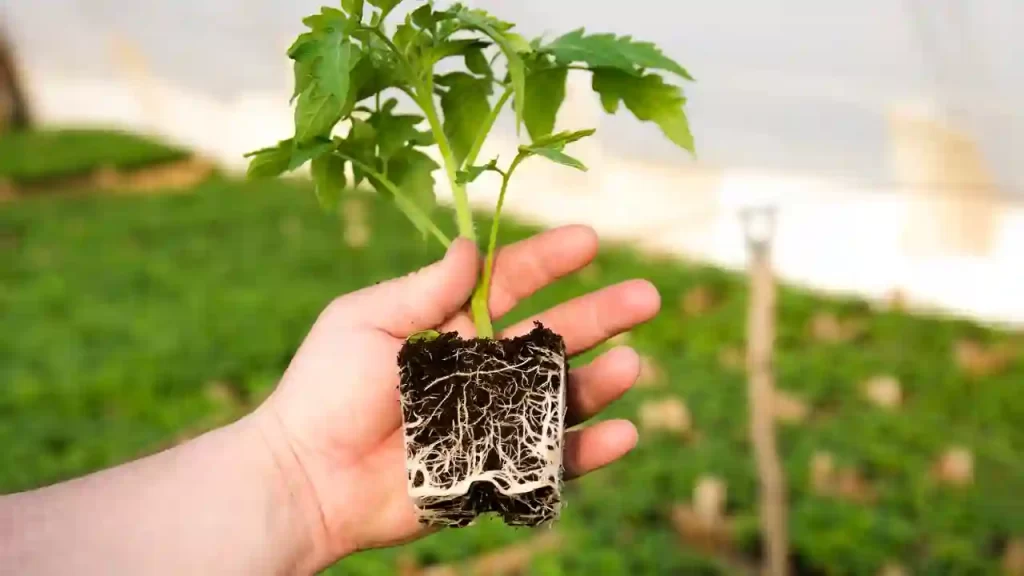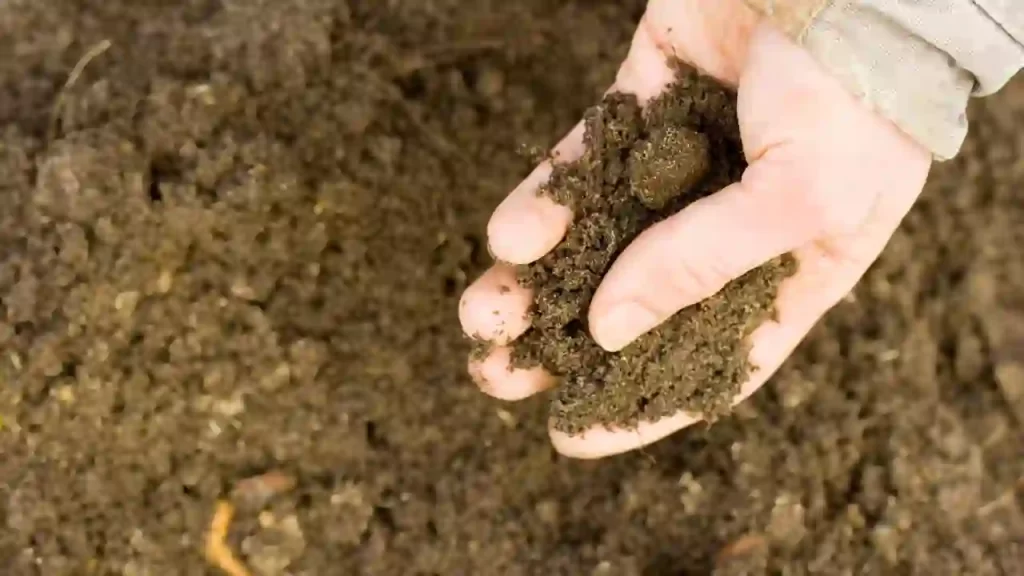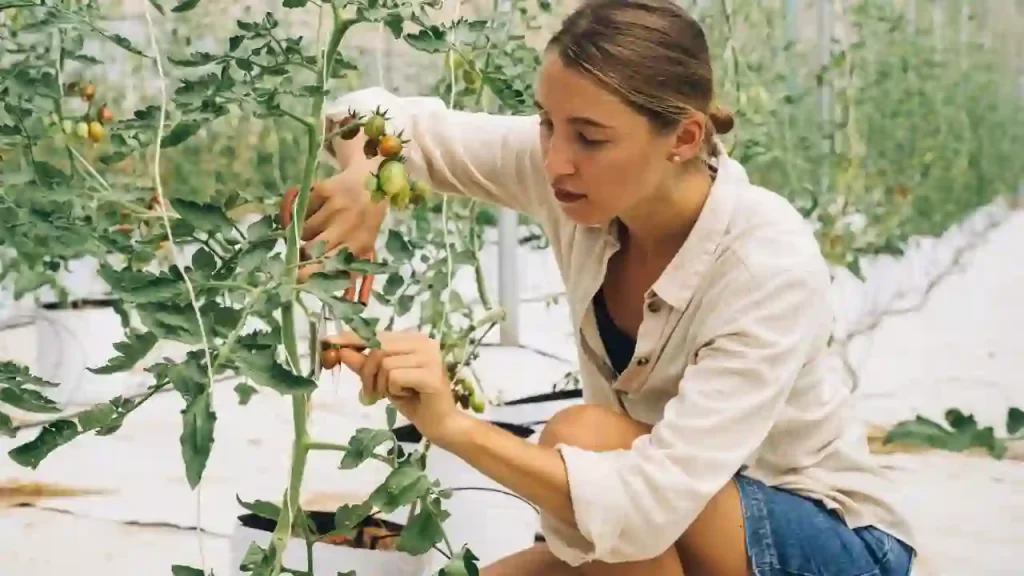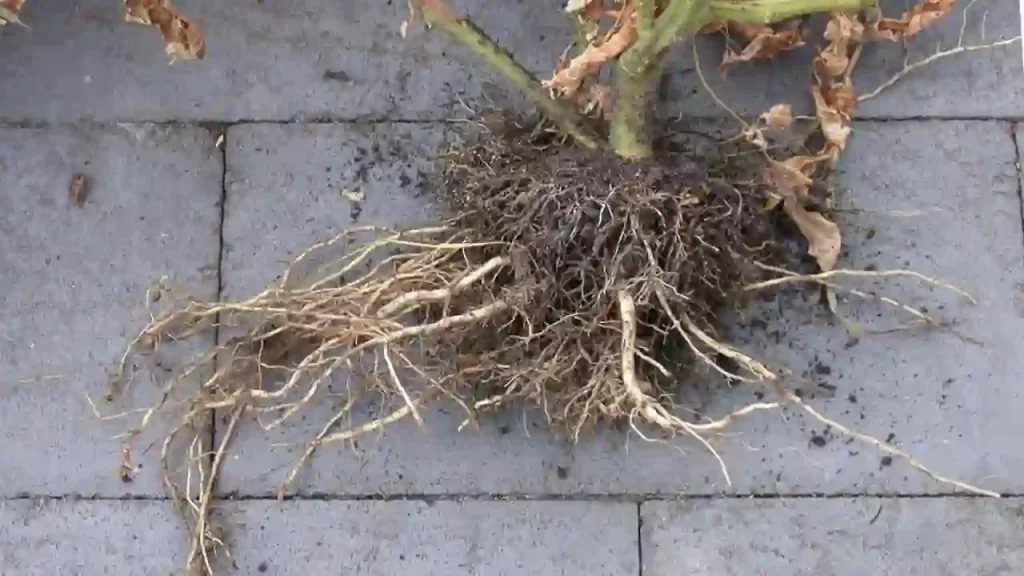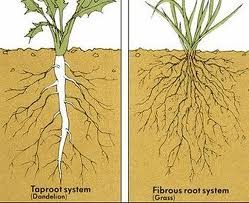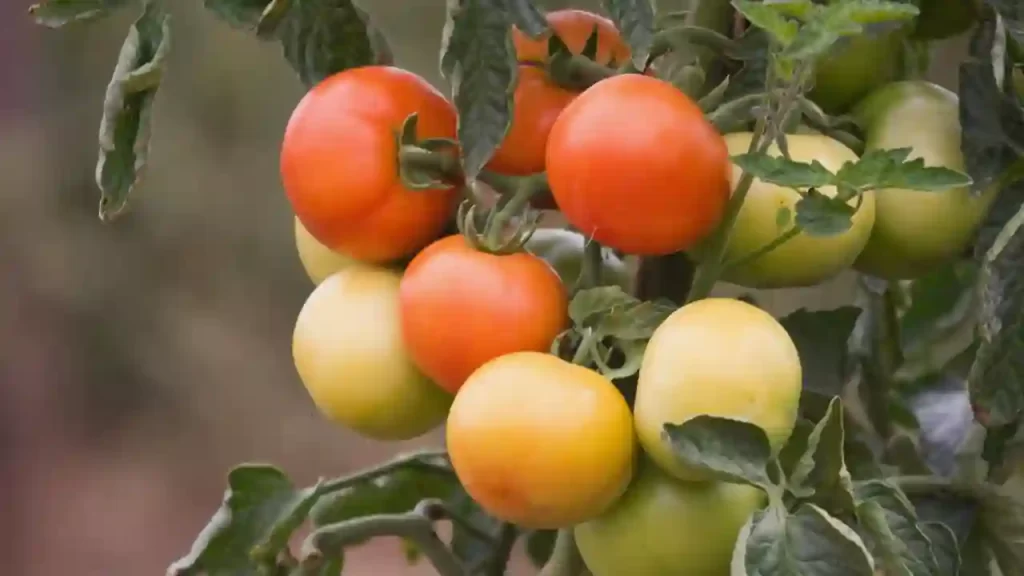Most gardeners plant tomato plants easily, but sometimes they need help to grow many quality tomatoes and maintain the healthy life of the plant. Using bone meals in the right way helps to enhance the growth and fruit production of your tomato plants. It also improves the quality of fruit and the health of the plant.
In short, Yes, you can use bone meal for your tomatoes. Bone meal is an organic fertilizer that supplies phosphorus, calcium, and other trace minerals to the soil. It can be used as a top dressing for established tomato plants or worked into the soil at planting time. When using bone meal for tomatoes, remember that too much phosphorus can inhibit flowering and fruiting.
Bone meal promotes phosphorus content in tomato plants which keeps your beautiful tomato plant strong and healthy.
But using it in the right quantity and correctly only can benefit the plant. You can use one teaspoon of bone meal for a single plant. Splash the bone meal fertilizer around each plant and mix it in the soil with the help of a rake.
Guide To Using Bone Meal With Tomato Plants
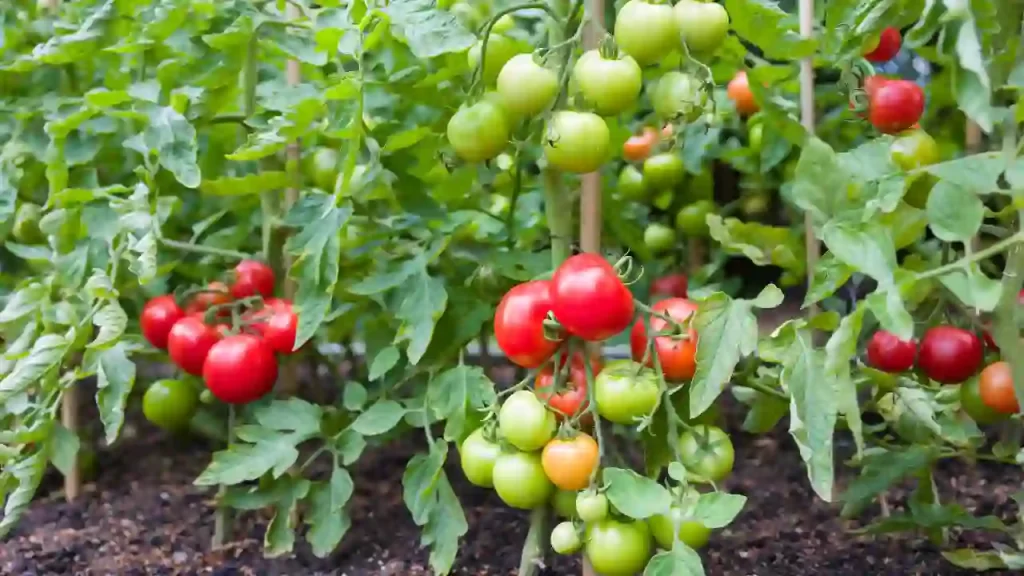
Before knowing how to use bone meal, it is interesting to know what it is. Well, it is a meal of animal bones transformed into fertilizer for plants.
It is brought from the slaughterhouses, then cooked, sterilized, and later ground and made in a powdered form to use as an organic fertilizer for the plants.
You can enhance phosphorus and calcium in the plants with bone meal use. Nitrogen is also increased in the soil, which is an added advantage for the leaves of the plants. The plants are boosted to grow fast, healthy, and bloom more quickly in large quantities. And the farmers are rewarded with a high number of quality tomato fruits.
The nutrients are slowly released with bone meal which requires acidic soil to get activated. It is an added advantage for tomato plants as they can flourish well in such conditions.
Nutrient Content in Bone Meal
The main nutrient content of the bone meal is calcium, carbon, and phosphorus. They also contain a small amount of nitrogen.
However, it also depends on your bone meal supplier and how you use it.
The ratio of nitrogen-phosphorus and potassium is 3-15-0.
Yes, it does not contain potassium and has a very low amount of nitrogen. Its main components, calcium, carbon, and phosphorus, enhance the growth, health, strength, quality, and quantity of fruits on tomato plants.
Is Bone Meal Good for Tomatoes?
The main nutrient components of bone meal, calcium, and phosphorus enhance the tomato plants’ overall growth and strength.
You can enhance the fruit production of tomato plants with phosphorus. The fruits are set to grow bigger and juicier. Phosphorus is only responsible for supplying water from the soil to the fruit. As a result, they grow juicy and beautiful.
When harvesting, using Bone Meal can result in a large number of big, juicy, and beautiful tomatoes.
The calcium content in Bone Meal makes the roots and stem extra strong since they grow heavy at the top. It also helps to prevent the Blossom End Rot in the plants.
How Can You Use Bone Meal for Your Tomato Plants?
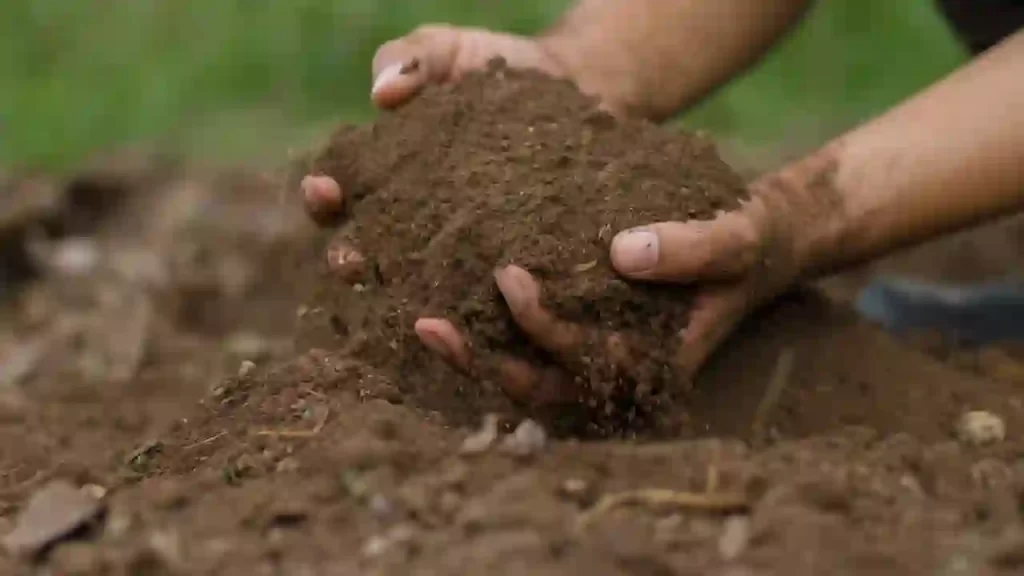
Adding Bone Meal to the soil for your tomato plants is very easy. I prefer adding it to the soil before planting the tomatoes as it maximizes the nutrients exactly where the roots are grown. As a result, the plant’s health, growth, strength, and fruit production are maximized.
Following the steps below, you can easily add Bone Meal in the soil.
- Test the soil quality and its pH level. The pH value of soil ranges between 6.00 to 7.00 as this is only the ideal pH soil level for tomato plants. This soil is best for extracting nutrients from the Bone Meal powder.
- The already present nutrients can be traced while testing soil. This prevents you from putting extra nutrients in the soil by putting Bone Meal.
- After testing the soil, now it’s your turn to plant your sprouted tomatoes. Put the Bone Meal in the dug hole, then transplant the tomatoes.
- You can also sprinkle it around the areas of developed plants to boost tomato production. The use of one large teaspoon of Bone Meal is enough for each plant.
- If you plan to plant the seeds into the soil directly, sprinkle the bone meal and cover it with some extra soil.
In this way, you can use Bone Meal for tomato plants for their enhanced growth and fruit production. You can also mix some Epsom salt with ground eggshell for better results. It increases the magnesium and calcium content in the soil, which prompts tomato plants’ health, strength, and quality fruit production.
Unfortunately, if you have not used Bone Meal while plantation, you can use it even for your developed tomato plants like any other fertilizer, sprinkle the bone meal at the top of the soil, and then water it. It will simply penetrate the roots.
You can also use this liquid Organic Bone Meal Fertilizer without watering to fulfill the requirements of nutrients.
Do You Mix Bone Meal with Soil When Planting Tomatoes?
It is always best to put Bone Meal in the holes dug at the time of plantation. It gives the best result.
You can add Bone Meal in the garden soil in two ways.
Mixing in compost blend and mixing high-quality tea compost.
This helps to penetrate the bone meal directly into the roots, which makes the roots stronger. As a result, the roots become more efficient in delivering nutrients and water to the plant. And you would be rewarded with a high-quality harvest and large quantities of tomatoes.
But it is not limited to Bone Meals only to get nutritional benefits. You can also choose fish heads, Fish emulsion, Fish Guts, Chicken Manure or Kelp Meal to enhance the soil nutrition.
Related Article – Are Coffee Grounds Good for Tomato Plants
Can You Use Too Much Bone Meal for Tomatoes?
It is hard to add too much Bone Meal for tomato plants as they release the nutrients slowly and steadily in the soil. The microbes and nutrients in the bone meal are released steadily in the soil. Thus, nutrients are not mixed faster in the soil mix.
Bone Meal has a rare chance of having a negative impact on your plant. Due to Slow Release, chances of excess nutrition in the soil are reduced. Thus it is safer to use than chemical fertilizers as the risk of overnutrition is more in commercialized or chemical fertilizers.
High doses of nitrogen and potassium in the soil can destroy your tomato plant. So there is a very rare chance of overnutrition in the plant when Bone Meals are used.
Can You Use Too Little Bone Meal When Planting Tomatoes?
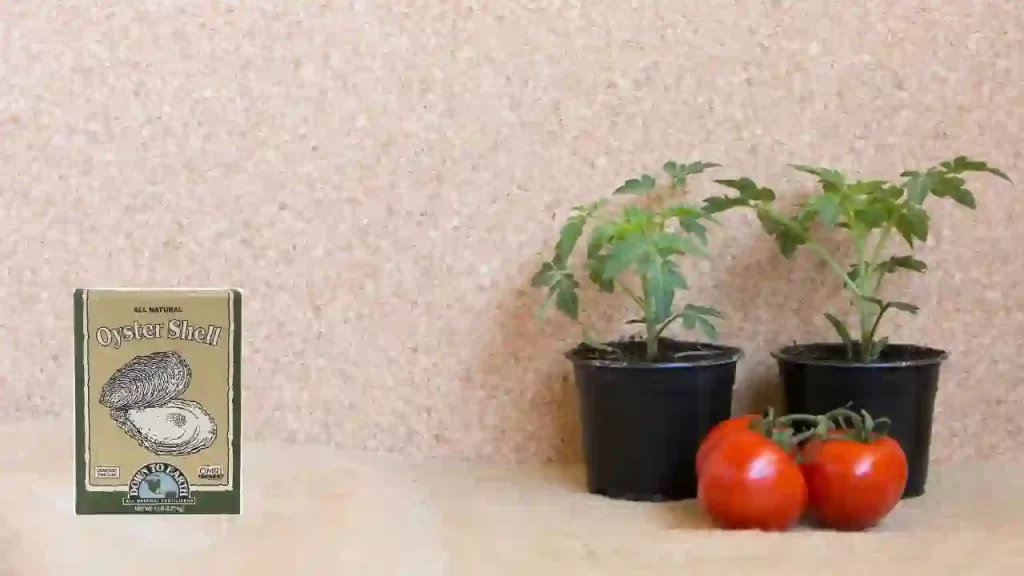
Bone Meal releases very slow nutrients to the soil. If too little Bone Meal is used, essential nutrients are not delivered to the plant. The right amount of Bone meal per developed plant is 5 ml, i.e., one teaspoon per plant.
Bone Meal also releases nitrogen which is very important to maintain good leaves in tomato plants. Being a slow-release fertilizer, a minimal amount of Bone Meal can result in too low nitrogen in the plant, harming your plant’s root.
Pay attention to the instructions of use labeled on your Bone meal, as the ideal amount can vary from brand to brand. Sometimes, it can be more or less than one tablespoon or 5 ml per plant.
Benefits of Using Bone Meal for Tomato Plants
Your plant is benefited abundantly from the application of Bone Meals. Some of the benefits are listed below:
- The plant can set a large number of fruits.
- It prompts the size of the grown tomatoes.
- Roots become stronger and more efficient in delivering the required nutrients and water to the plant.
- Blossom End Rot chances are reduced as Bone Meal enhances calcium, and Blossom End Rot happens because of calcium deficiency.
- It prevents root rot of the plants and promotes water drain from the soil.
Disadvantages of Using Bone Meal
Though Bone Meal can boost the calcium and other nutrients for plants, it has certain disadvantages too, which are listed below:
- It is not activated for soil with more than a 7.00 pH balance, as you can only activate it in slightly acidic soil.
- While applying Bone Meal can damage your lungs and airway as you can easily inhale it.
- The nutrients seep into the soil very slowly. Hence the results must be obtained after a while.
- A little mistake in the application can attract so many pests, which can harm your plant.
Summary
Bone Meal is an excellent source of calcium and potassium with little nitrogen content for tomato plants. If used in the right way and the correct amount, it promotes a healthy, strong, and long life for your plant and also increases the yield of large size of tomatoes. Water your plant after applying Bone Meal as it helps seep the nutrients in the soil easily.
Frequently Asked Questions
How do you fertilize tomatoes with bone meal?
Bone meal is an excellent fertilizer for tomatoes as it provides a slow release of phosphorus and nitrogen, both essential nutrients for healthy plant growth.
- Mix three tablespoons around each tomato plant into the soil to fertilize with the bone meal at planting time.
- Replace one tablespoon of this mixture every three months or when watering your tomato plants.
- For best results, it is recommended to mix the bone meal with existing soil or compost to ensure it gets mixed into the soil and isn’t left sitting on it.
- You can also use a liquid fertilizer containing bone meal after plants have begun growing.
When should you not use bone meal?
You should not use the bone meal on plants that prefer more acidic soil, such as blueberries, rhododendrons, and azaleas.
Bone meal can also damage the root systems of more delicate plants such as annuals, perennials, and vegetables.
Over-application of bone meal can cause an imbalance in the soil’s pH, so it’s important to use it sparingly and according to package instructions.
In addition, you should not use the bone meal for starting tomato seeds or transplanting seedlings, as its high phosphorous content can damage tender roots.
I personally do not recommend bone meal for container-grown plants because of the difficulty in controlling the spread of nutrients.
Can you sprinkle bone meal on top of the soil?
Yes, you can sprinkle bone meal on top of the soil. However, mixing it into the top 2-3 inches of your soil is best before planting or transplanting. This helps to ensure that your plants’ roots properly absorb the nutrients.
If applying after planting or transplanting, ensure that it doesn’t come into contact with the plant’s stems or leaves.
For potted tomatoes, you can sprinkle a tablespoon of bone meal around the base of each tomato plant before adding soil. Once you’ve added your soil mix, water it well to help activate the nutrients and prevent burning.
How do you use bone meal in potted tomato plants?
To apply it, mix 1-2 tablespoons of bone meal into each pot’s top 2 inches of soil. Water thoroughly after application to ensure the nutrients are absorbed.
The bone meal should be applied every four to six weeks during the growing season. It is o avoid over-fertilizing, as this can lead to nutrient imbalances and harm your tomato plants.
Additionally, ensure that your tomato plants receive adequate sunlight and water for optimal growth.
Can you use bone meal on seedlings?
No, using bone meal on seedlings is not recommended because its high phosphorous content can be too strong for delicate young plants.
Instead, opting for a more balanced fertilizer such as fish emulsion or compost tea is better. These will provide the necessary nutrients for your seedlings without overwhelming them with excessive phosphorous.
Additionally, you should ensure that you use good-quality soil and provide adequate water and light for your seedlings. Proper care is essential for healthy and vigorous seedling growth.
How much bone meal to use per plant?
You should use 5 to 10 pounds of fertilizer over every 100 square feet, or sparingly top off each planting hole with 1 to 2 tablespoons.
You can also mix it into your potting soil at ½ cup for each cubic foot. When planting directly into the ground, scratch a teaspoon of bone meal into the soil at planting time.
When transplanting seedlings to the garden, mix 1 tablespoon with the soil in each hole and work it lightly into the root zone. Use caution not to over-fertilize your plants; too much fertilizer can burn or kill them.
